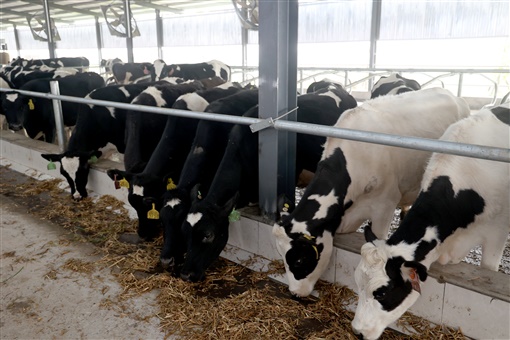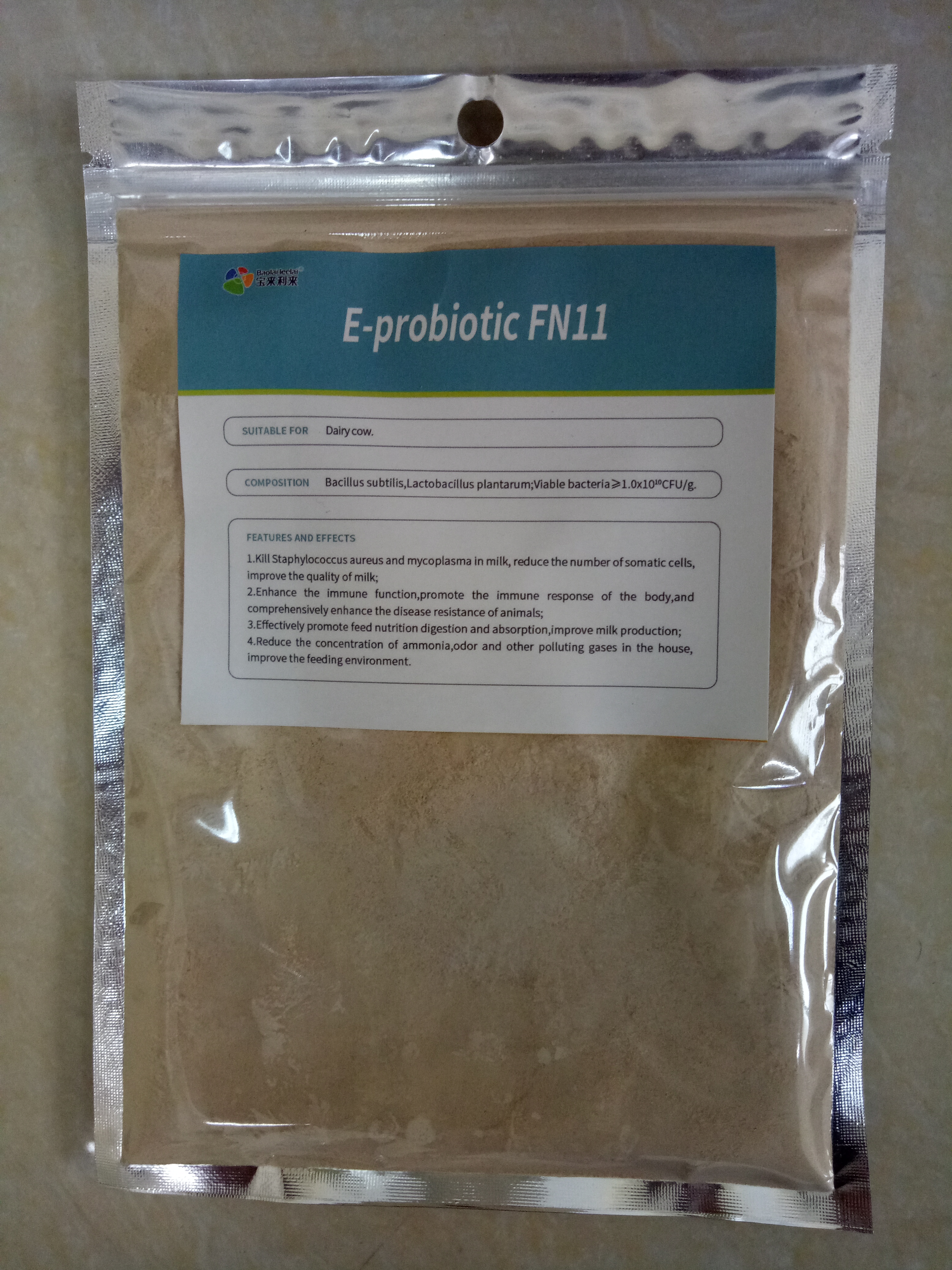Pasture Management During Heat Stress

Summer is coming quietly, and the high temperature and humidity will threaten the normal management and operation of the ranch again. Dairy cows suffering from heat stress will have a series of problems such as decreased reproductive performance, decreased immunity, decreased milk production and decreased milk quality. How to manage the pasture and raise the cows during heat stress is a challenge for every rancher.
l Don't stress - heat stress is preventable
Hot summers can take a toll on cows, and finding ways to reduce heat stress in cows can prevent a drop in milk production and maintain the health of the herd. The thermoneutral zone is the ideal temperature range that cows like best. In a webinar at Iowa State University, agricultural engineer Brian Dougherty mentioned that the optimal temperature range for cows is 40℉-70℉(about 4℃-21℃).
l When to use natural ventilation
There are many options for ventilation in a cowshed, and Nigel Cook from MRCVS believes that these ventilation systems can all work very efficiently. At the same time, he believes that any system can also fail by design. To design the right ventilation system for your cowshed, "work with people who know what they're doing and make good choices," Nigel Cook said in a Hoard's Dairyman webinar. "How you choose to design a ventilation system is influenced by many factors," he continued. For a particular scenario, the design of the ventilation system may depend on factors such as climate, barn layout, economics, etc. Whether the ranch staff regularly cleans and maintains the fans also needs to be considered.
l Heat stress can do more than reduce milk production
In July, high temperature and high humidity came quietly, followed by heat stress in dairy cows. Fortunately, several coping strategies can help ranchers mitigate the risks associated with heat stress and limit its long-term effects. During summer and early fall, many ranchers experience elevated somatic cell counts (SCC) in lactating cows. During such seasons, there is a marked drop in milk production in the herd as cows spend more time standing or lying down in cooler areas and less time eating. Heat stress can lead to elevated levels of stress hormones that interfere with the immune system's defenses against pathogenic bacteria.
l Young perinatal cow also need to cool down
Heat stress is known to reduce feed intake and milk production in lactating cows. However, heat stress can also have a significant effect on dry-off milk cows, did you know that? In dry-off milk cows exposed to heat stress, lactation performance is impaired because mammary gland growth is affected later in gestation. Heat stress in dry-off milk cows costs the industry $800 million in the U.S., so more and more ranchers are cooling dry-off milk cows to keep them are protected from heat stress. However, few ranchers use cooling measures for young perinatal cows that have not yet calved, which is wrong, and young perinatal cows also need protection from cooling measures.
l Provide cooling measures for calves
Heat stress presents challenges in all aspects. For calves, heat stress management should also be a concern for ranchers. Young calves face unique challenges in several ways. The calf has an immature lung system and limited water or dry matter intake, making it more difficult for the calf to reduce its internal heat load. For dairy cows, panting is one of the main heat exchange mechanisms in the body, while for calves, the lungs are underdeveloped, and the heat dissipation efficiency of this method is lower than that of adult cows. Panting will increase the excretion of carbon dioxide from the body and reduce the amount of bicarbonate in saliva, and therefore a higher risk of developing metabolic acidosis.
l Quickly identify early signs of heat stress
Heat stress can have serious negative effects on animal performance, such as decreased milk production, decreased reproductive performance, and decreased daily gain. Cattle and small ruminants exposed to heat stress have behavioral changes such as shortness of breath, increased respiratory rate, profuse sweating, decreased lying time, decreased ruminant activity, and decreased feed intake.

【Usage】
It is a feed additive that helps to relieve mastitis in dairy cows and increases milk production by 1kg per day, pure micro-ecological preparations. Main ingredients: Bacillus subtilis, Pediococcus pentosaceus, glucose oxidase, yeast selenium, inactive mold, lactic acid spray-dried powder, Maifan stone powder. According to the calculation of 50g per cow per day, this product is added to the fine fodder, and the cows are fed twice in the morning and evening.
